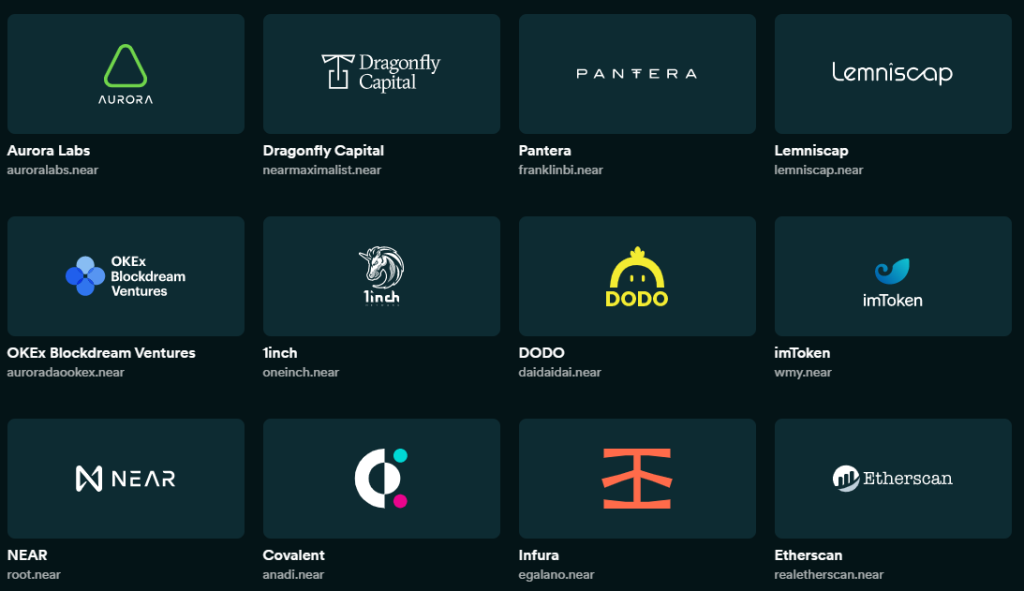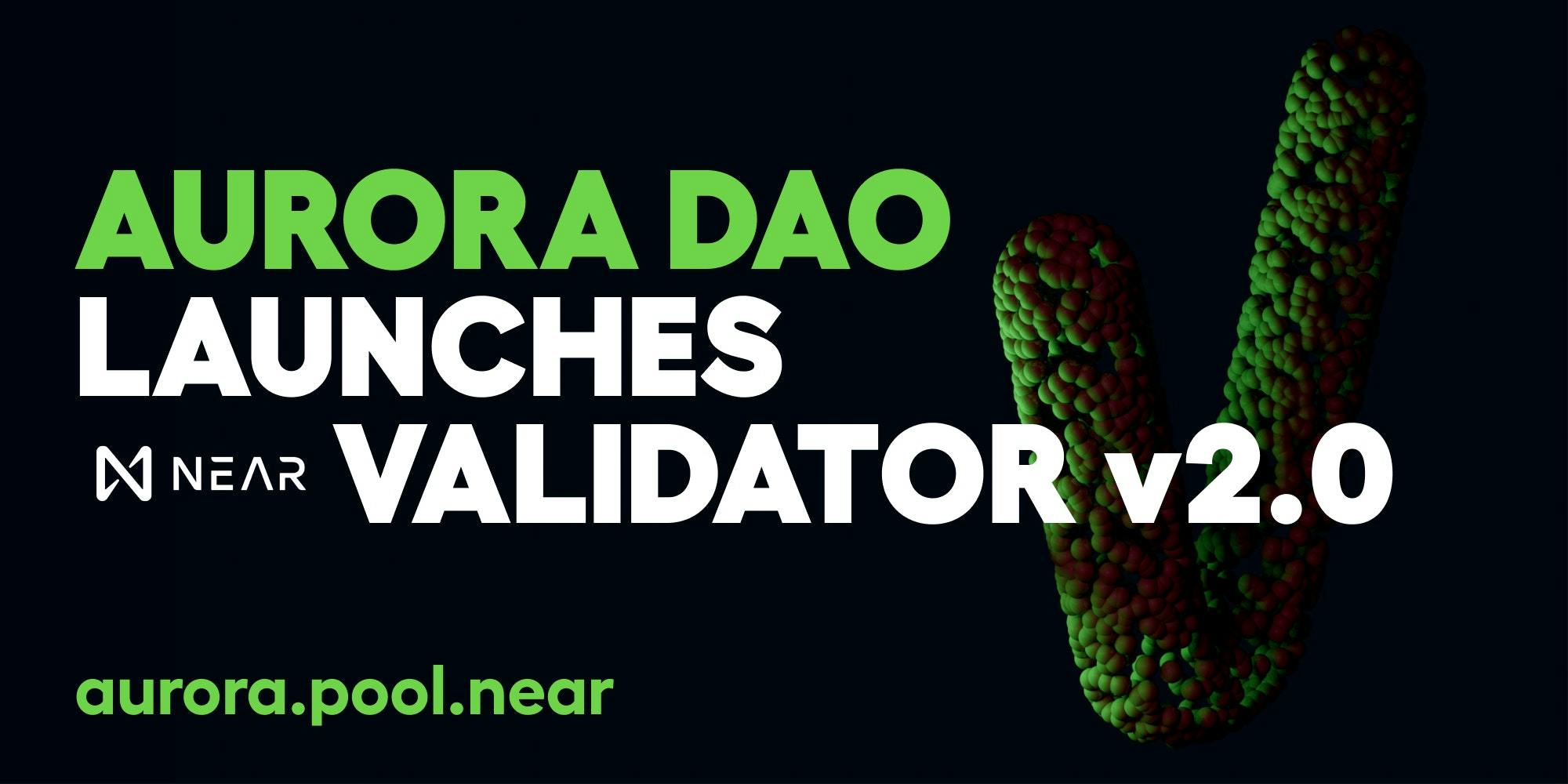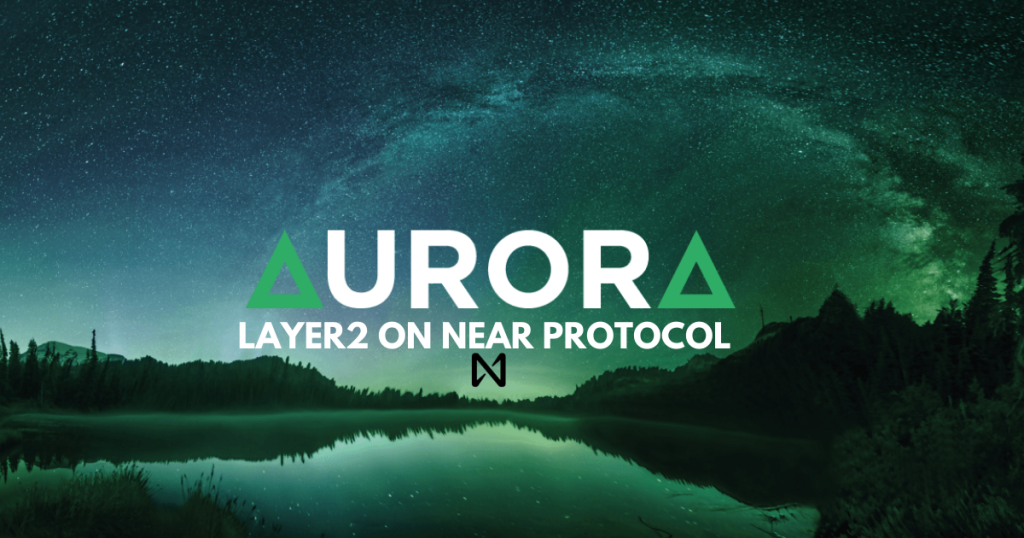NFTs and the high gas fees is what you think about when you talk about Ethereum.
Since it is one of the biggest platform in the cryptocurrency space, its hosts an array of dApps and found many Layer 2 projects building on its platform as a scaling solution to solve some of its biggest issues.
Aurora Network, a Layer 2 solution on NEAR protocol, might just change the game for these dApps and yet provides a scaling solution for Ethereum.
What is Aurora?
Aurora is an Ethereum Virtual Machine (EVM) built on the NEAR Protocol Blockchain. It aims to be an Ethereum-compatible scaling solution. This enables developers to operate their apps on an Ethereum-Compatible, high-throughput, scalable, and future safe platform at a lower transaction costs for their users.
The network provides Ethereum 1.0 development experience with a layer2 speed and scalability. The capabilities of the network is made possible because it is built on NEAR, a modern layer1-blockchain which possess 2-3 second transaction finalization and scalable.
Additionally, the Aurora Bridge facilitates the trustless transfer of ETH and ERC20 tokens between Ethereum and Aurora.
The Aurora team

Last year, the team raised US$12 million to expand their Ethereum Layer 2 network. The round was led by Pantera Capital and Electric Capital, but included over 100 investors by virtue of an “ecosystem bucket” accounting for the majority of the funding.

The founder, Alex Shevchenko, said the goal of the goal of the round of funding was to help expand the early ecosystem via placement with strategic partners, including Dodo, 1inch, The Graph and Covalent.
With a strong team of 25, they look to position itself as a complement to Ethereum, rather than a competitor.
Tokenomics of Aurora


With a market cap of US$245 million, the Aurora Network has yet to see its full potential. Its undiscovered utilities built on the NEAR protocol provide a seamless transfer for Ethereum based applications, with faster finality and transaction throughput, making it easier for Ethereum developers to port their existing application onto the NEAR platform.
Aurora also has over 49 projects currently built on its system, and has a TVL of US$491,116,366.

Currently trading at US$12.28, its price action saw a high of US$35.40 on the 16th of Jan and lows of US$6.87 last year in October. Aurora might be one to watch in 2022, and prepare to see a massive surge in price action once it begins to see mass adoption.
This could see Aurora’s price easily 5-10x its current price if it is able to capture 0.1% of market capitalization.
As NEAR protocol continues its rally and charges into 2022, Aurora might do the same in its price action when more buzz is created around the NEAR protocol.
Token allocation
$AURORA Token Allocation pic.twitter.com/9YUSHw1gg7
— Aurora (@auroraisnear) October 13, 2021
As a governance token, a portion is allocated to the Community Treasury used to fund existing projects and project proposals through a Kickstarter–type platform. Other portions of the allocation include bootstrapping, private investors and incentives for the ecosystem.
The team also introduced additional incentives such as token staking, incentives for token holders to take part in voting, Rainbow Bridge fast transfers fees, farming of locked funds in the Rainbow Bridge connectors, and many more.
Aurora ecosystem
🔥 Aurora EVM has recently gained substantial traction from the community 🔥
— NEAR Mates (@Near_Mates) January 4, 2022
Let's take a look at its own ecosystem
What pieces are missing❓
Comment👇 pic.twitter.com/1uA8w7iVQo
The Aurora network consists a wide array of platforms in its ecosystem, consisting of decentralize exchanges, launch pads and cross chain bridges. The first DEX on the network is Trisolaris. There, users would be able to utilize various dual reward pools like between AURORA-ETH, LUNA-NEAR, TRI-AURORA and many other participating pools for a decent APY.
For cross-chain bridges, the network utilises the Rainbow Bridge. The Rainbow Bridge is used for transferring tokens between Ethereum, NEAR and the Aurora networks.
Built on the NEAR platform, the bridge which provides a highly scalable and throughput functionality with an easy to use interface. I personally used this function and I found its easy to use interface a breeze to use and understand.
(Also Read: Here’s The A Guide To Bridging Paths For NEAR Protocol, And How To Use The Rainbow Bridge)
Other notable applications include yield optimizer Vaporwave and yield maximiser Pickle Finance.
Aurora DAO Proof-of-Stake v2.0 with NEAR

NEAR has launched its new proof-of-stake v2, which gives delegators the chance to earn rewards in more than one token.
With Aurora, staking farm contracts will allow validators to distribute more than one token to delegators that help secure the NEAR network.
The AuroraDAO is a decentralized autonomous organization that governs the protocol. It functions similar to a traditional Board of Directors which includes Aurora labs, principle investors and ecosystem partners.
The AuroraDAO approves the new staking farm and distributes 3% of its tokens to the NEAR community.
Closing thoughts
Aurora is a core project which can help to promote the development of the NEAR ecosystem. In my opinion, it helps unify the NEAR and Ethereum economies, providing more opportunities for developers and the community.
With Aurora, Ethereum users can work with familiar applications while benefiting from the efficiency of NEAR, removing major financial barriers for users and developers.
There’s huge potential in this space, as NEAR protocol slowly comes to fruition among investors and developers, they would turn to Aurora as a possible solution in Ethereum’s scaling issue.
[Editor’s Note: This article does not represent financial advice. Please do your own research before investing.]
Also Read: $NEAR: Reasons Why I Am Bullish On NEAR Protocol For 2022



































